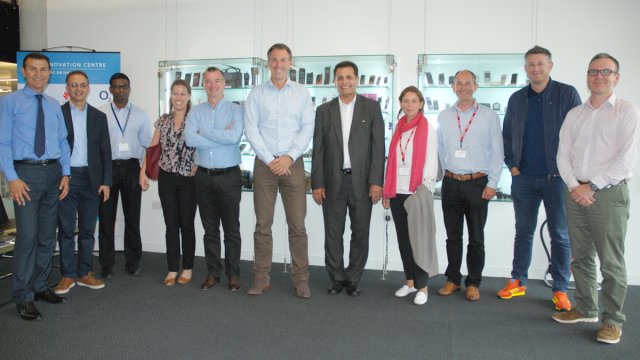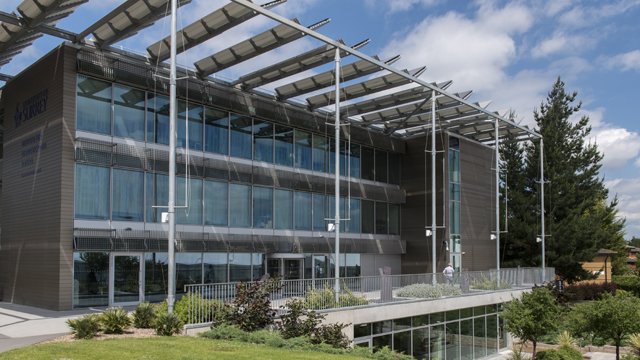Institute for Communication Systems
Pioneering the next generation of information and communication technologies
Welcome to the Institute for Communications Systems (ICS), home of the 5G/6G Innovation Centre (5G/6GIC), one of the largest and most renowned academic research centres in its field in Europe. Leveraging the wealth of technical and commercial experience among our industry partners, we are setting out a socially and commercially credible vision for beyond 5G and 6G (PDF), and pioneering technologies which will underpin the future.
Read our paper
Global research for 6G
We are taking the global lead on research topics which will be crucial for the successful deployment of 6G, and will enable a rich new fabric of digital services. Our research and innovation strengths include:
- 5G Advanced
- 6G
- Integrated Satellite and Terrestrial 5G and 6G
- AI-Networking
- Reflective and Transmitive Intelligent Surfaces
- THz communications and components
- Positioning and Image sensing
- High Quality Time and Frequency Transmission
- Teleportation
- Connected transportation
- Ultra Massive MIMO
- Terabits Per Second Communications
- Internet of Senses
- AI-Wireless
- Network and Physical Layer security.
Key areas
We are working in key areas where context is used to enable advanced communications capabilities that will provide an unparalleled user experience. These include artificial intelligence, satellite communications, ‘internet of things’, connected vehicles, mobile communications, drone communications and large intelligent surfaces.
Join us
We offer a wide range of masters courses as well an Information and Communication Systems PhD. We have numerous partnerships with businesses around the globe and are always looking to work with national partners.
Our people
Professor Rahim Tafazolli
Head of the Institute for Communication Systems (ICS)













